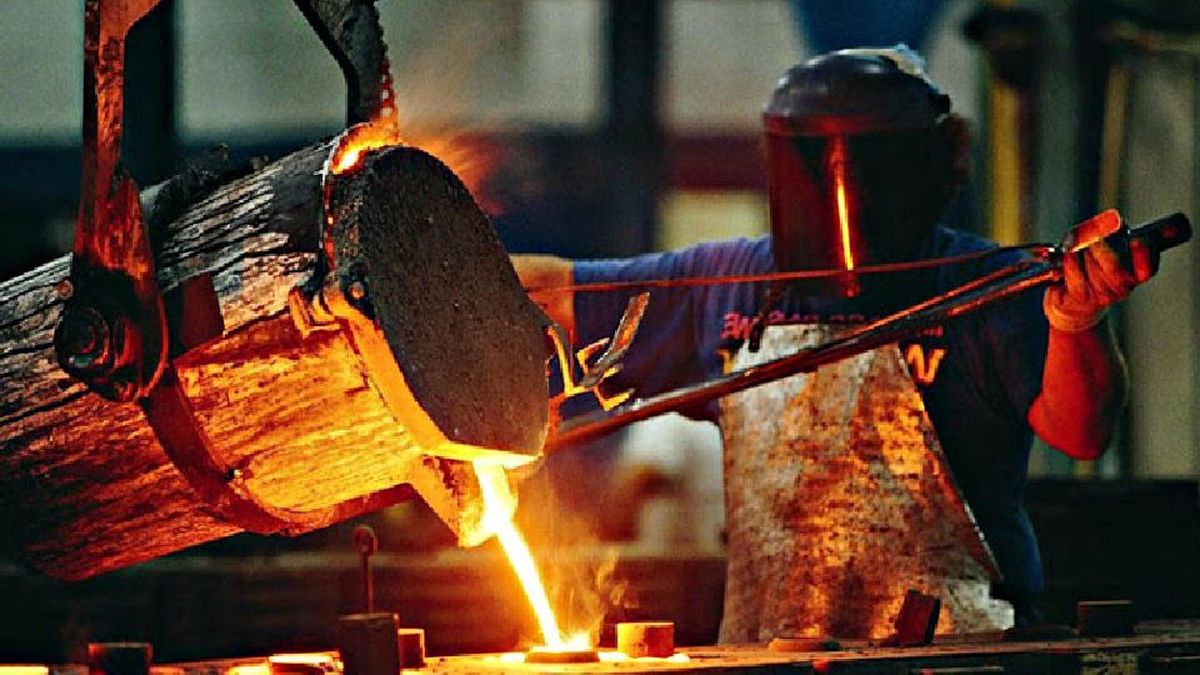The ’80s were the era of democratic consensus. The ’90s, the decade of the macroeconomic stability. Unfortunately, the populism of the 2000s reset those broad agreements, which had been written in stone with the reform of the national constitution of 1994. Inflation returned to the gallop of the fiscal deficit and peaceful democratic coexistence was shattered down to microsocial levels.
Today Argentina resumes its normal institutional channelsin the understanding that, to recover the lost path of development, there are essential determinants, as has happened in the developed countries of the world: respect for institutional rules, for private property, for freedoms in their broadest sense.
Internalized this requirement “from below”, in the citizen bases, The search for the third consensus is imposed: an implicit and explicit contract on what type of economic organization we want.
Western nations do not consider opting for socialism or capitalism, they are very clear that only the latter produces abundance and well-being. Of course it is not a perfect system, nor is democracy, but it is one that works. AND It is precisely through the exercise of democracy that the negative externalities of capitalism are resolved.
Capitalism is built on a solid, modern, innovative, progressive bourgeoisie, based on humanist and liberal bases. Our country is also built on a historical and administrative structure of a federal nature, that strengthens community power and governmental and administrative decentralization.
China, for example, with a one-party government scheme, slowly but decisively adopted free markets as a formula for progress and thereby reduced poverty and avoided social collapse, famine, high inflation rates and recurring internal tensions. Rainer Zitelmann in his book “Capitalism is not the problem, it is the solution”citing the phenomenon of very poor countries like China, explains that its economic development was fundamentally the same as that of some Western countries, such as Great Britain during the Industrial Revolution, the United States in the late 19th and early 20th centuries, or some economies East Asia such as Japan and South Korea after World War II.
Once market forces were introduced and the right incentives were put in place so that people could look for ways to create wealth, the miracle of growth manifested itself. And at this turning point in our history, faced with a great change in the worldview of a new majority, it is worth reviewing the Asian experienceonce again: “The secret of China’s success was the gradual liberalization that ended the state-controlled economy, combined with the reorientation of social aspirations, which began to turn in the direction of entrepreneurship.”
There is no exemplary model of capitalismit has been attempted to be conceptually categorized by the three great system builders, Weber, Schumpeter, Popper and then by many other contemporary thinkers. For a very special idiosyncrasy and cultural features like those of Argentina, it would be more pertinent to direct the radars towards European schemes like the German: a capitalism with a human face would say Wilhelm Röpke, inspirer of ordoliberalism (who, together with Ludwig Erhard, laid the foundations and were architects of the German post-war miracle).
We must define, as a historical-legal-cultural community, which of these capitalist types best adapts to our democratic republican system, to our peculiar culture, to our possibilities, to our dreams. With the premise that Our Capitalism must grow and strengthen in a solid republican democratic system, we need a new consensus to design the only known wealth creation machinethe one that can free the millions of compatriots trapped in the ominous slavery of populist poverty.
Source: Ambito




